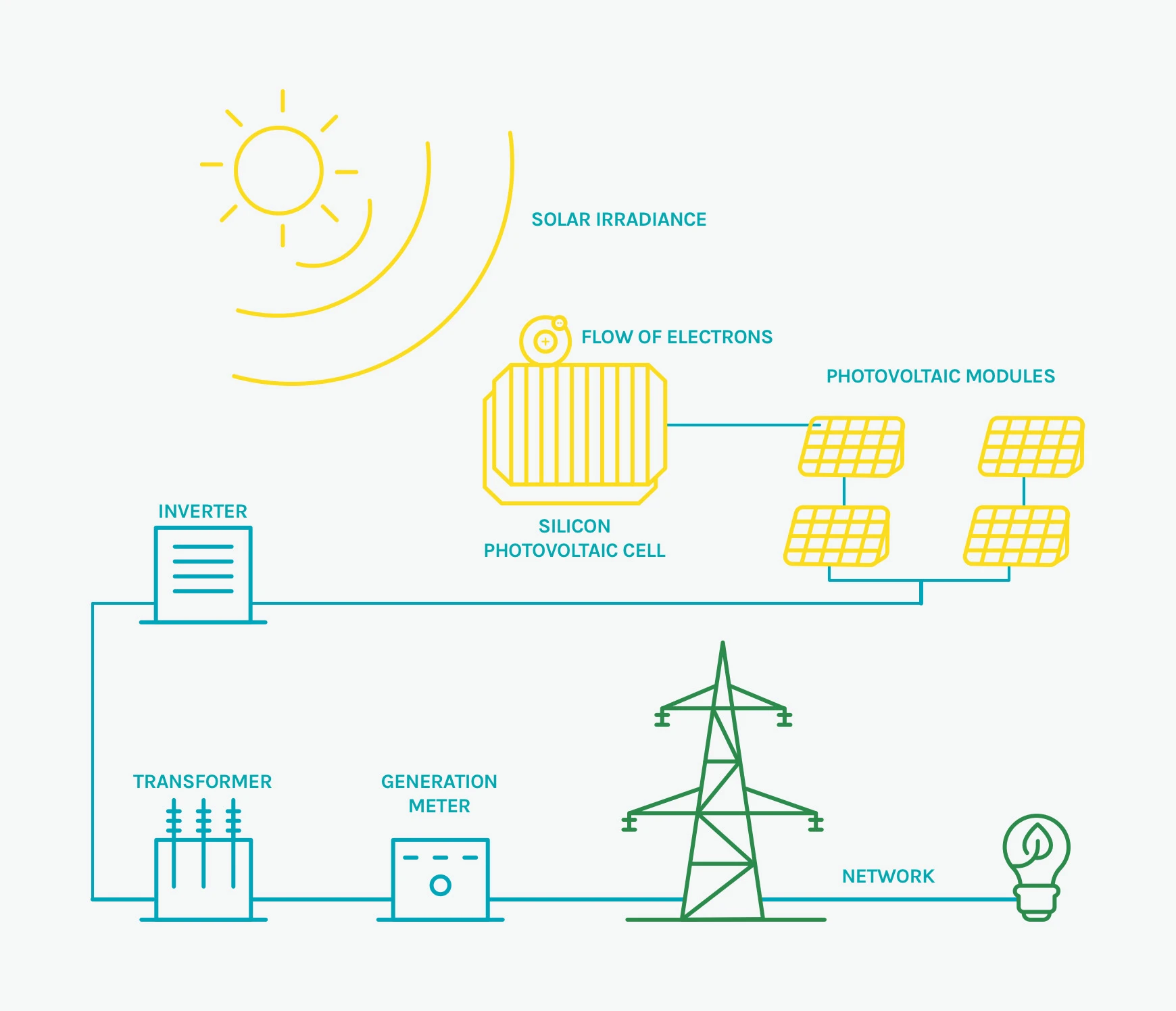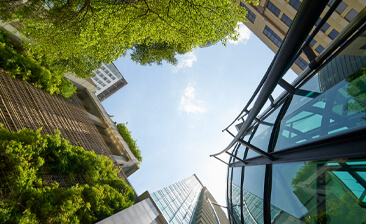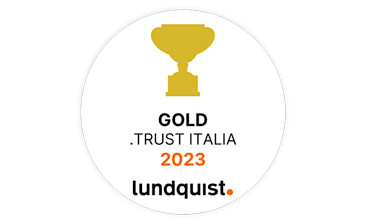
Acea for World Energy Saving Day
The sun has always played an important role in the history of mankind: in many ancient cultures it was worshiped as a divinity, centuries later, the Romans understood its potential to produce heat inside greenhouses, and Leonardo Da Vinci created a mirror to dry fabric thanks to the heat produced by the sun. Fundamental to the development of life on Earth, today the sun can be used also to produce clean energy.
Solar energy is a source of sustainable energy and it is potentially unlimited: every 50 minutes the sun produces enough energy to satisfy global energy needs for an entire year.
The power of the sun can be captured using different technologies: solar thermal technology, which captures solar heat, and photovoltaic technology, which transforms solar irradiance in electricity.
The latter – born almost 150 years ago but industrialized only since the 1950s – in 2019 grew by 24%, and costs approximately 80% less compared to 10 years ago. Italy produced 115 TWh of green energy from renewable sources, 20% of which using photovoltaic technology, for a total of 24 Twh: most installations are industrial plants and are located in the country’s northern and central regions.
Photovoltaics convert solar light into energy thanks to:

“Archimedes, 2300 years ago, used the power of the sun to burn Roman ships during the siege of Syracuse. Today, Acea makes a less theatrical, cutting-edge use of the same solar power to produce sustainable clean energy”, says Simone Nunzio Sammartino, Head of Pv Asset Management at Acea Produzione.
The Group’s 2020-2024 Business Plan mainly focuses on strengthening green energy production, especially solar energy from photovoltaic technology, in support of decarbonization and energy transition.
Acea sees growth and creating value as intricately connected to achieving corporate environmental sustainability goals. Out of a 4.7 billion total budget, Acea’s Business Plan sets aside 2.1 billion euros – over 400 million euros more compared to the previous Plan – to achieve specific sustainability targets.
These targets include fighting the effects of climate change by increasing the production of electricity from photovoltaic plants. On this point in particular, Acea aims to expand its portfolio with approximately 747 MW of installed capacity from photovoltaic plants by the end of 2024. The new plants will produce over 1.3 Twh per year, equivalent to releasing approximately 600 kt less of CO2 emissions.
Acea manages photovoltaic plants located mainly in Puglia and in central Italy. The total power installed is approximately 72.5 MW with a production capacity of approximately 80GWh/year, enough to cover the needs of 20,000 families for a year. “With the new development plan, we will double the installed capacity reaching enough power to produce clean energy through structures that use the best technology available on the market.” said Sammartino.
From worshiped divinity to source of energy, the sun keeps opening new possibilities, many of which are based on environmental sustainability. With time, it has become clear that we need to invest in new energy opportunities developed from sustainable technologies: solar energy is one of them.
In the near future, the sun will allow us to use 100% sustainable energy produced by plants owned by companies like Acea. But this in not all. “Just like a vineyard, the production of a photovoltaic plant is seasonal, and this is why we want to look to the future by including in the project the possibility of storing energy using cutting-edge accumulation systems able to provide sustainable energy during the periods in which radiance is lower and to fully participate in energy regulatory markets. With a more adventurous approach, we are considering options to create an energy synergy by including floating photovoltaic structures in our hydroelectric basins”, explains Sammartino.
There is no doubt that the future is be green, and this will also be thanks to the sun.
Discover the latest news and initiatives of the Acea Group

Acea for World Energy Saving Day

Visit the virtual museum about the history of the Acea Group

The channel for the commercial requests on land urbanisation

Acea turns the spotlight on the Rome Film Festival 2023

Acea is in the "Gold class" in the .trust research

Read more about our culture of inclusiveness